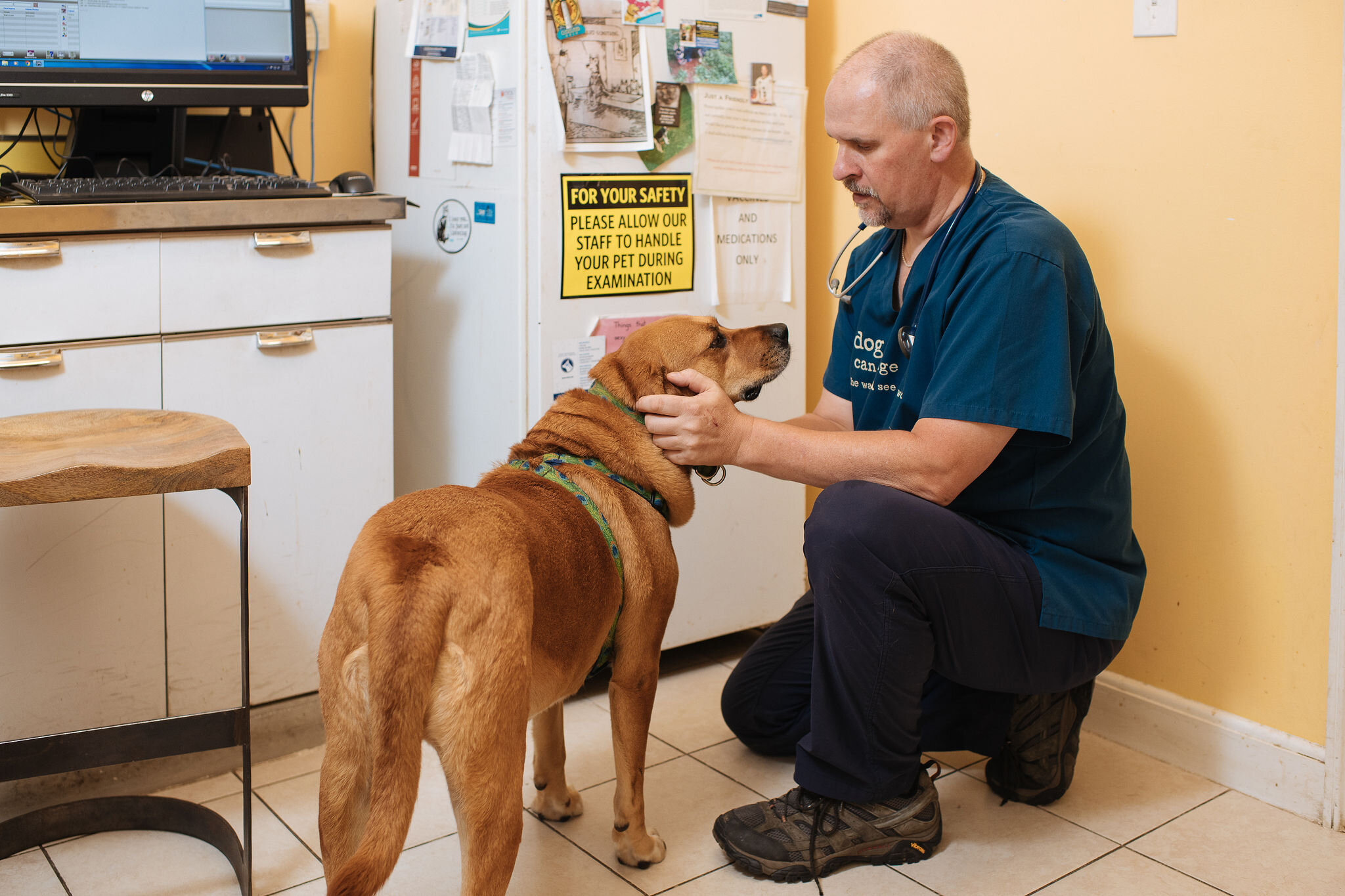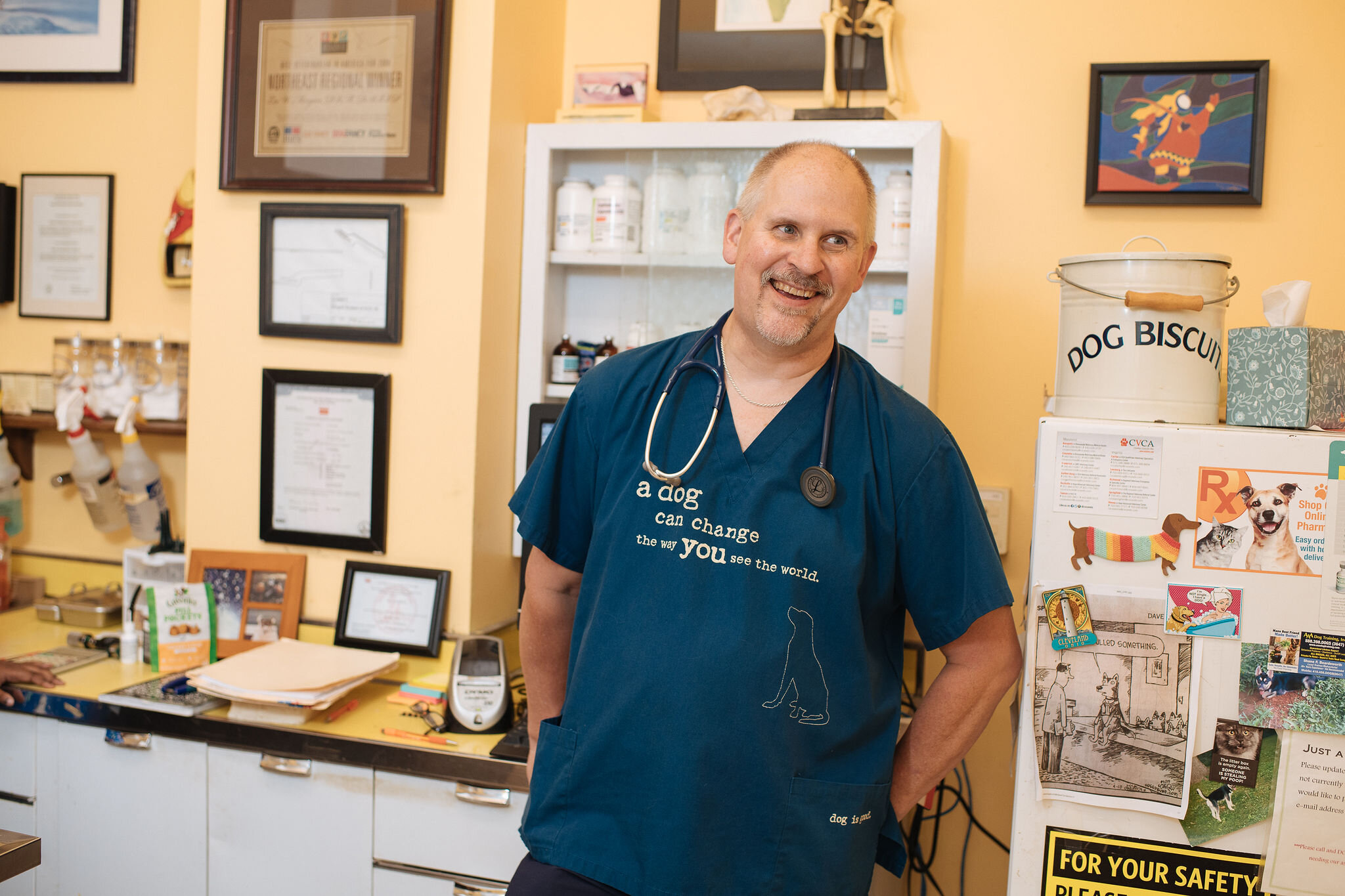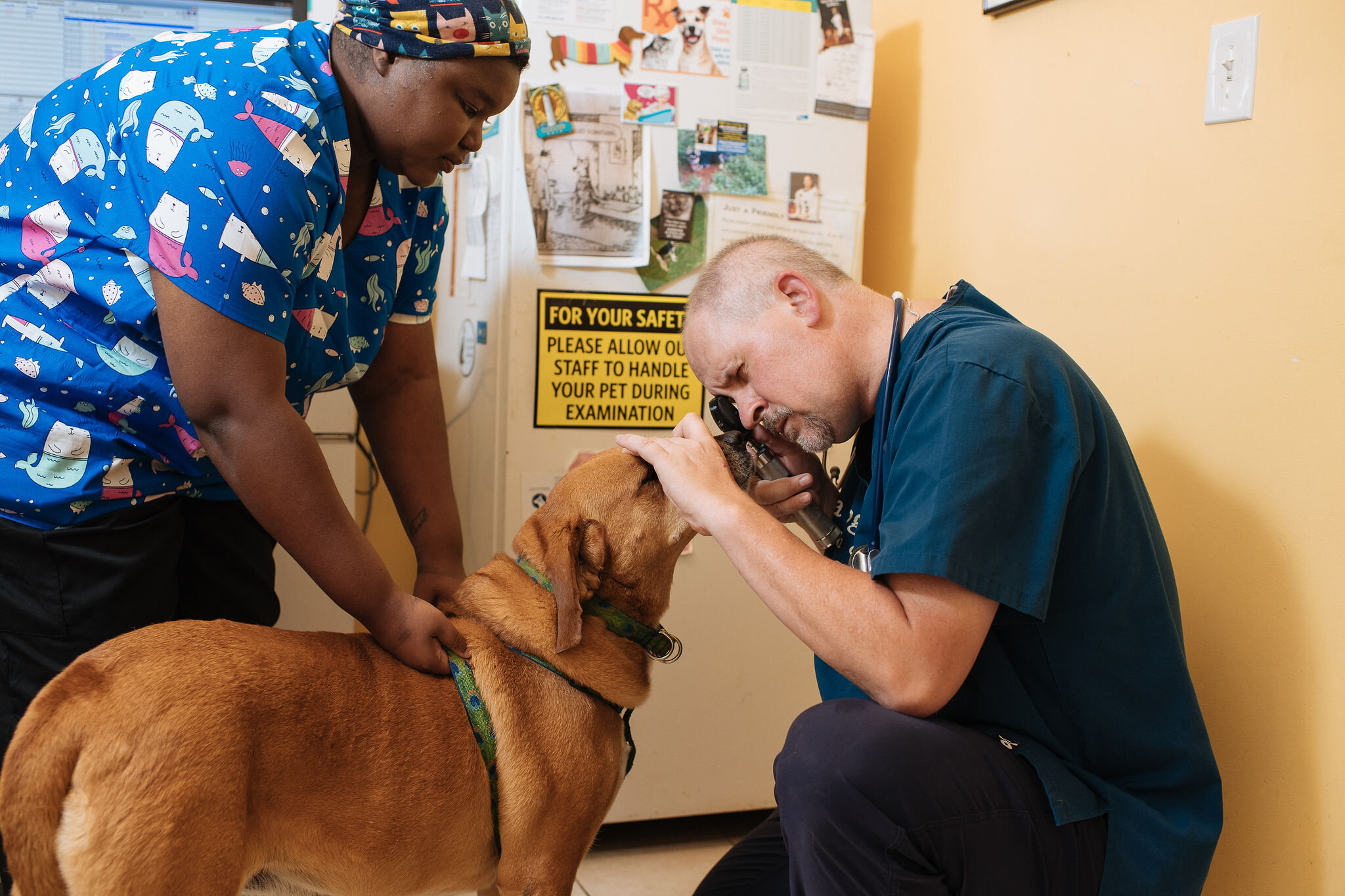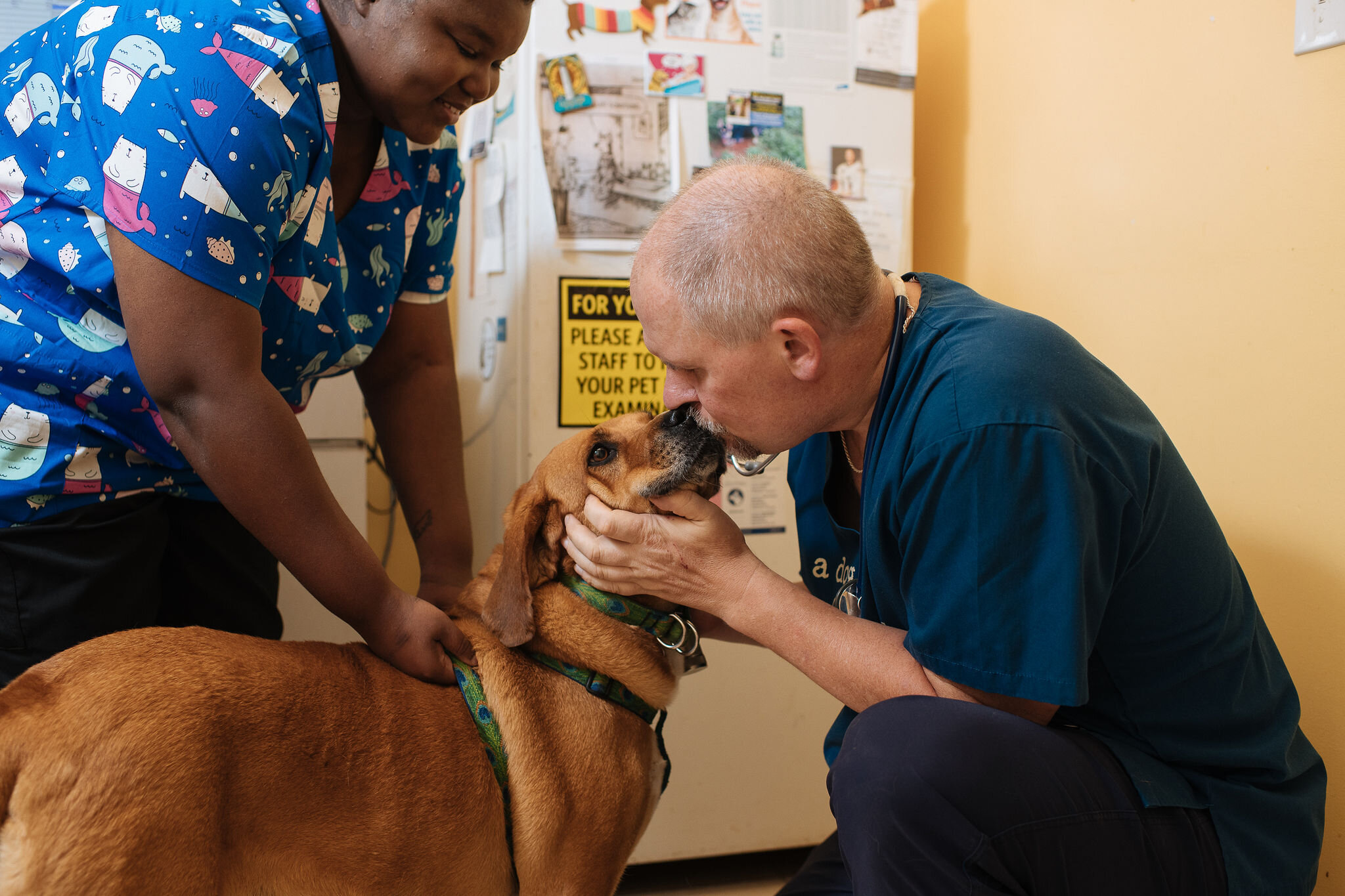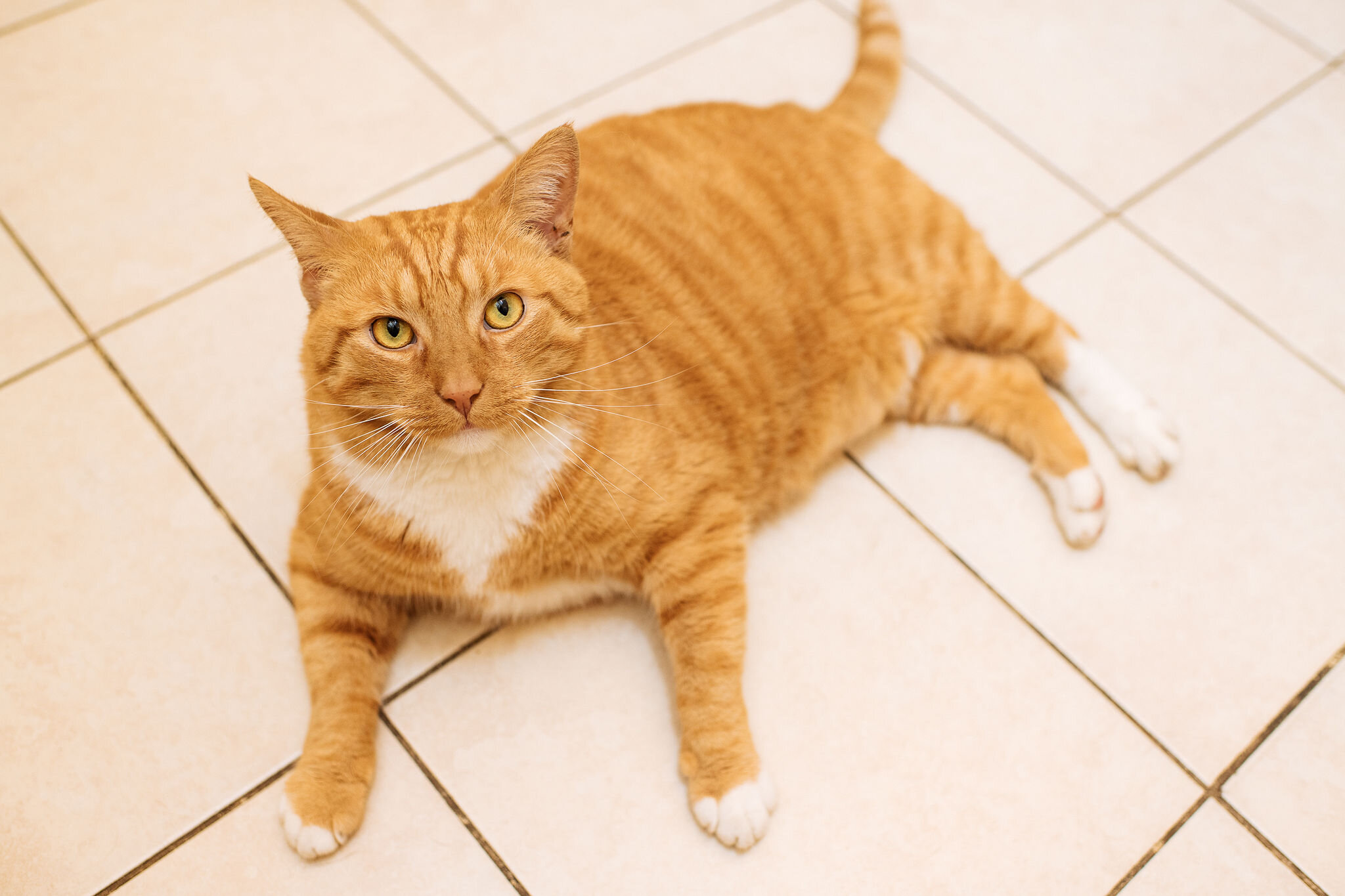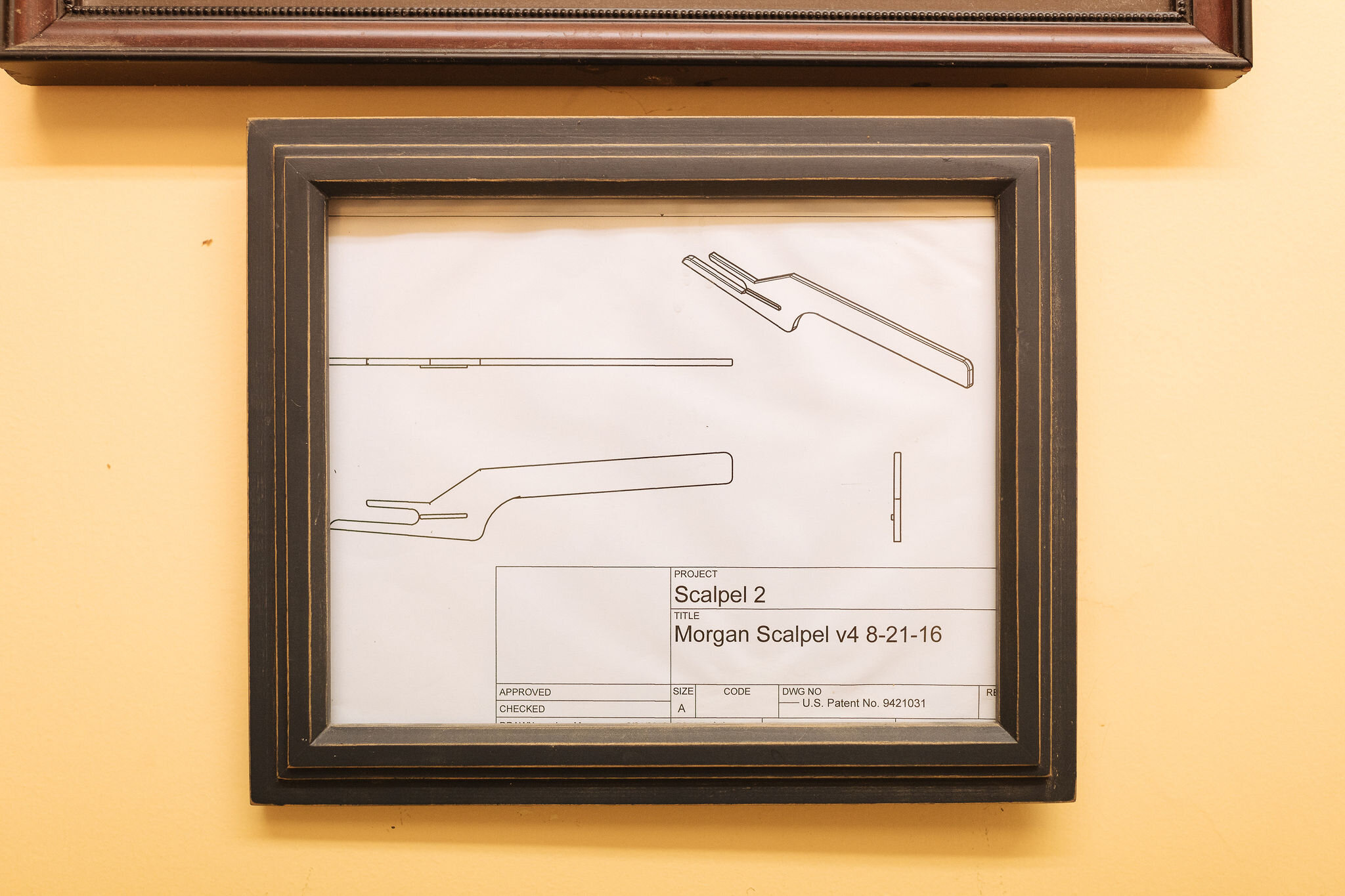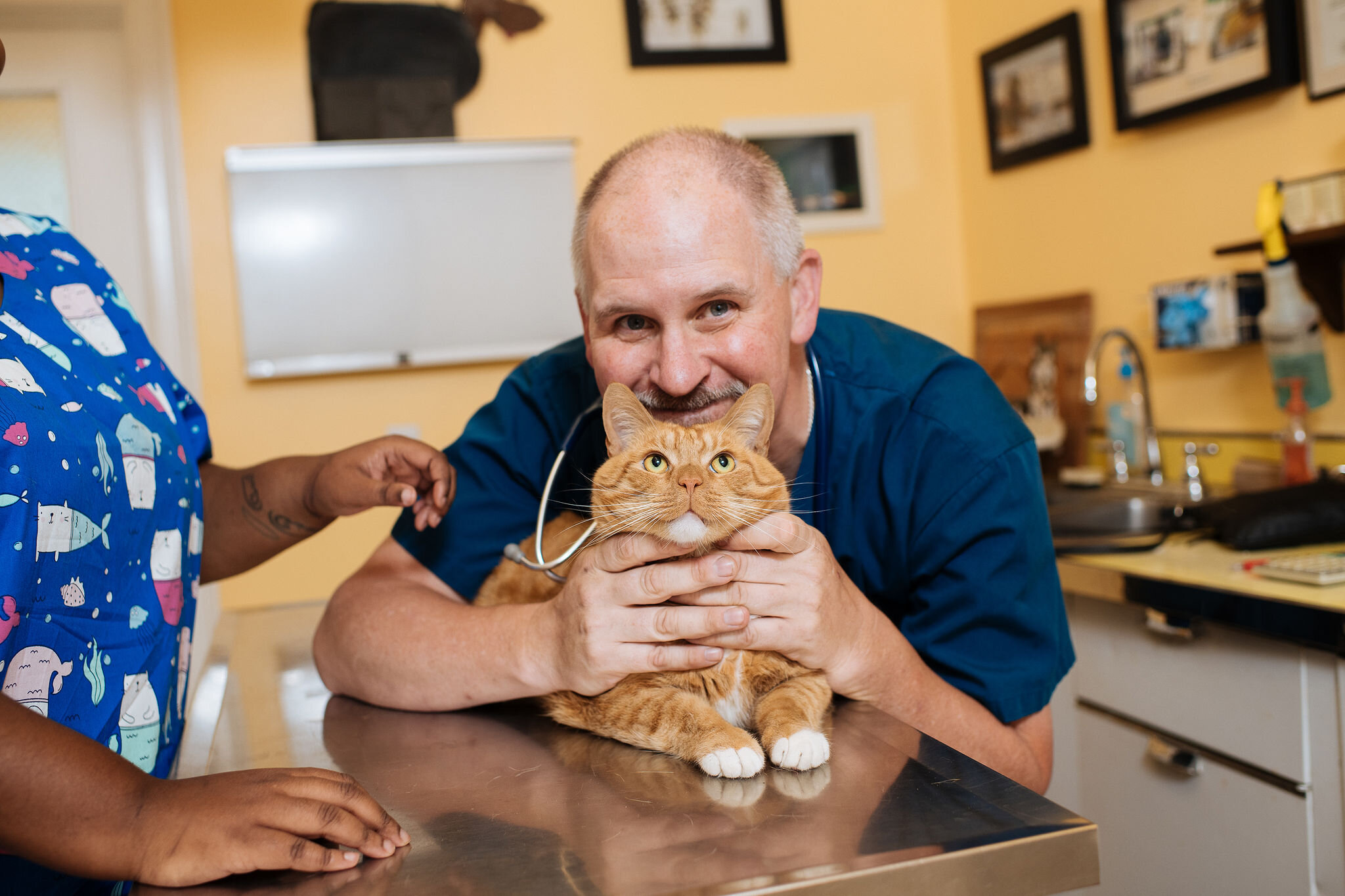‘I Get So Attached to the Animals’
Dr. Lee Morgan
Veterinarian, Georgetown Veterinary Hospital
2916 M St NW
As the plane took off from Finger Lake, Alaska—a remote checkpoint along the 26-stop Iditarod route—Dr. Lee Morgan stood in three feet of snow, wondering where everyone else was.
The veterinarian had been dropped off with two others, all selected to examine the dogs as they came through this particular checkpoint—those that were unfit to race flown back to Anchorage, where they would be rehabilitated at a women’s prison.
Suddenly, Dr. Morgan felt in over his head.
‘One of vets said it was just us. Then I asked where the tents were. He told me they were in the snow bank behind us. It was sub-zero and we had to dig these poles out for the arctic tents and put them together ourselves. Being a rookie, they don’t put you in a very glamorous set-up.’
Eight years later, Dr. Morgan is returning to Alaska for the 2020 Iditarod—the Super Bowl of dog sled racing, and just one chapter in a fascinating career working with animals.
Born and raised in Ohio, Dr. Morgan dreamed of being a pilot for as long as he could remember. It was an unlikely aspiration in his small town of Lawrenceville—Nowhereville, as he calls it.
‘My high school was literally in the middle of a cornfield. You were expected to be a farmer or work at the factory in my town. There weren’t a lot of people who went on to college—maybe 10%. Growing up in that small area, you get this yearning to see and do other things.’
A talented runner, Dr. Morgan earned a spot on the team at Case Western Reserve University, where he studied marine biology and pursued a new dream as the next Jacques Cousteau. At the right place at the right time—a theme throughout his career—Dr. Morgan told his adviser he wanted an internship sophomore year.
‘She said she used to know this guy in Hawaii who was looking at the cognitive abilities of dolphins, and asked if that was something I’d like to do. I was like, ‘Me, from Cleveland? Yes, it’s something I’d like to do!’’
That Fall, Dr. Morgan spent six months in Hawaii with Dr. Lewis Herman, the comparative psychologist who was studying how animals process information by teaching two dolphins a form of language. Through hand and acoustic signals, the dolphins were trained to recognize the components of a sentence—a cognitive understanding that went beyond memorization. The work left an impression on Dr. Morgan, who graduated from college and became a dolphin trainer.
‘I worked for Marine Animal Productions. In the 80s they would contract shows to amusement parks like Kings Dominion and Hershey Park. They’re base of operations was in Mississippi, and they’d fly the dolphins up for the season, then fly them back before it got too cold.’
Dr. Morgan left for grad school at William & Mary, where his career would take its most impactful turn. There, he met a faculty member who was interested in studying the evolutionary genetics of Marlins. It sparked Dr. Morgan’s interest, and they began working together—rehabilitating injured sea turtles on the side. As Dr. Morgan was nearing the end of his thesis, he began thinking about his next step.
‘We had this veterinarian who ran a small animal practice, and he would help us fix up the sea turtles. I was always helping this guy, and it was such an interesting field because you could do anything with that. That’s how I decided to go to vet school.’
Dr. Morgan was accepted to the University of Wisconsin Madison, but not before some prodding from his mother.
‘I felt like I was already old—unlike the stereotypical person who always dreamed of being a vet—and I told my mom, if I go to vet school, I’m going to be 31 by the time I graduate. She laughed and said, ‘You’re going to be 31 one way or the other. Either you’ll be 31 and you’ll have a doctorate, or you’ll be 31 and you won’t. It was the greatest advice I’ve ever gotten.’
Two decades later, he’s at the helm of Georgetown Veterinary Hospital, the M Street clinic he purchased in 2001. He and his wife, Chris, had no intention of staying in the DC area beyond a one-year internship, but Dr. Morgan says the Midwesterners never looked back.
Today, cats and dogs have replaced dolphins and sea turtles, but Dr. Morgan insists there’s never a dull day in the Georgetown clinic.
‘I had a dog yesterday who was limping and I thought he pulled a muscle. It was actually a somewhat unusual disease, something straight from a textbook. We see a little of everything, and when you do get those ones that are straightforward, you’re like what did I miss?’
Dr. Morgan’s wife also works in the practice, where their dog, Lucy, obligingly serves as greeter. Oscar the cat runs the place, while their other cat, Daisy, is more content at home, not doing much of anything.
In addition to his own pets, Dr. Morgan says he forms a bond with nearly every animal that comes through his door.
‘Most of the animals become friends. One of the hardest things about this job is when they pass, you feel it. You try to distance yourself, but you can’t. It gets very hard.’
Some clients have stayed with Dr. Morgan since the very beginning, marking the passage of time as their children grow up, and pets come and go. He says he can easily empathize with them, all too familiar with what it’s like to be on the other side of a sick animal.
‘I go from professional vet to hysterical owner in seconds with my own pets. When my one dog had to be put down, I had to have another vet do it. I have a doctor here who looks at Lucy or Daisy. Maybe that’s a good thing, because I go through the same emotions as my clients. You would not want me as a client.’
When Dr. Morgan isn’t working in his clinic, he’s publishing papers on the life expectancy of purebred dogs, or fielding the more unusual professional opportunities. Most recently, he served as frog doctor for National Geographic’s poison arrow frog exhibit—because, of course.
‘Someone brought a frog in that I’d helped, and two weeks later, I got a call from National Geographic asking if I had any practice working on frogs. I said funny you should ask—but just this one. They said well that’s one more frog than anyone else we talked to. I had my son, Spencer, there with me, helping clean the cages. I can say I never get bored!’
With new technology and medications always coming down the pike, Dr. Morgan says his clinic has come a long way from the days of hand-dipping x-ray chemicals in the bathroom. Still, he says the basics remain the same—whether he’s in his Georgetown clinic, or the remote Alaskan wilderness.
‘You’re working with a patient who can’t talk. That’s the trick.’
